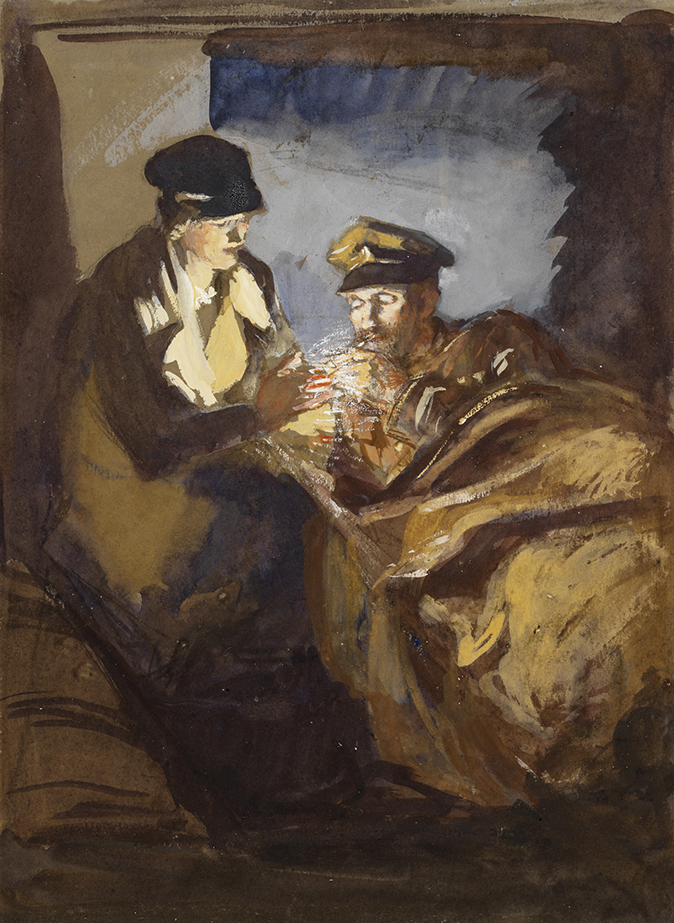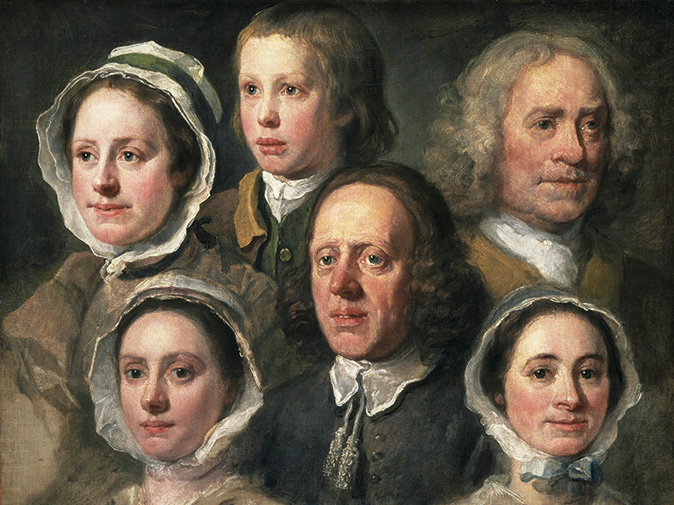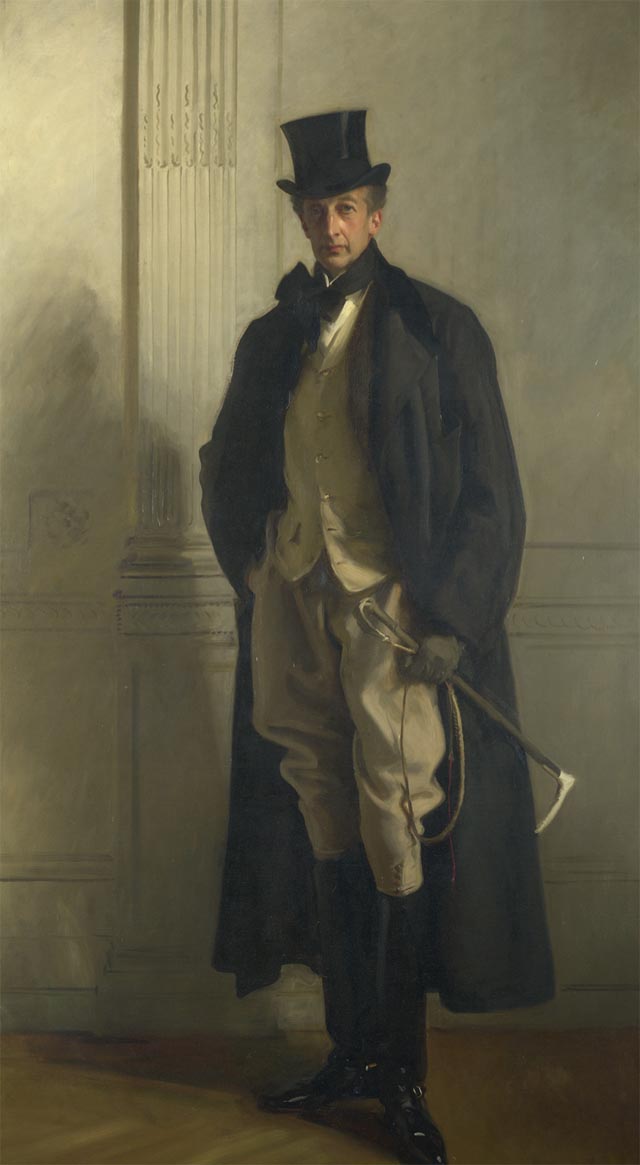My favourite painting: Lord Macdonald
'This picture is probably one of my earliest recollections of our family history'



Sir James Macdonald 1741–66 and Sir Alexander Macdonald 1744/45–95 by William Mosman (about 1700–71), 5ft 8in by 4ft 8in, Scottish National Portrait Gallery, Edinburgh
Lord Macdonald says:
This picture is probably one of my earliest recollections of our family history. It used to hang in Armadale Castle and Bella, the caretaker, used to regale my sister and me with the importance of the two boys wearing tartan at a time when it was forbidden by law. She then emphasised that our great clan was above any law imposed by the English Crown!
As an afterthought, she would then say that it is probably the earliest picture depicting a golf club, but that was of minor importance compared to the wearing of the tartan.
Godfrey Macdonald of Macdonald, the Lord Macdonald, is Chief of the Name and Arms of Macdonald and High Chief of Clan Donald
John McEwen comments on Sir James Macdonald and Sir Alexander Macdonald:
In The Western Seaboard, the standard guide to the architecture of the West Highlands and Islands, Mary Miers quotes Sir James Macdonald of Macdonald saying that he had a plan to transform Skye’s principal settlement of Portree into ‘a complete city… I am so full of the scheme that I fancy I see the street and the shops and warehouses on every side’. The death, aged 25, of ‘the Marcellus of Scotland’, as Dr Johnson called him, robbed the country of an Enlightenment force who had travelled in Italy with Piranesi and has a memorial in Rome.
William Mosman, who came from Aberdeen, also benefited from a period in Rome, as did so many British artists (47 from Scotland) in the days of the Grand Tour. Inevitably, Ramsay and Raeburn were among them, as was William Aikman (1682–1731), briefly Mosman’s master in London.
Mosman returned to Scotland for some years before going to Italy, where he studied (1732–35) under Francesco Imperiali. Fellow pupils included Ramsay and Pompeo Batoni. He came back to Scotland in 1736 and worked in Edinburgh and the North-East. Scottish patrons used him as a contact to gain commissions from Imperiali and the now famous Batoni.
Exquisite houses, the beauty of Nature, and how to get the most from your life, straight to your inbox.
His best-known portraits, including this one of the Macdonald boys, were painted in Edinburgh in the 1740s. Latterly, he returned to Aberdeen, where he set up a drawing academy.
The Macdonald boys were the sons of Sir Alexander Macdonald of Macdonald, hereditary chief of Clan Donald with lands on Skye from as far back as the 11th century. The elder James has the gun. Between them, they are wearing four different tartans, which, as the tartan authority Hugh Cheape has pointed out, indicates the insignificance of wearing a particular tartan as a badge of clanship at this time. The tartan depicted in Alexander’s jacket was the basis of a Macdonald Lord of the Isles sett created in the 19th century.

My favourite painting: Sue Laing
'This picture both reminds me of her and throws into sharp relief the extraordinary advances made in military medicine and

My favourite painting: Jenny Uglow
'This is a tribute to the dignity and inner lives of “ordinary” people, profound and tender at once.'

My favourite painting: David Starkey
David Starkey shares the one painting he would own, if he could
Country Life is unlike any other magazine: the only glossy weekly on the newsstand and the only magazine that has been guest-edited by His Majesty The King not once, but twice. It is a celebration of modern rural life and all its diverse joys and pleasures — that was first published in Queen Victoria's Diamond Jubilee year. Our eclectic mixture of witty and informative content — from the most up-to-date property news and commentary and a coveted glimpse inside some of the UK's best houses and gardens, to gardening, the arts and interior design, written by experts in their field — still cannot be found in print or online, anywhere else.
